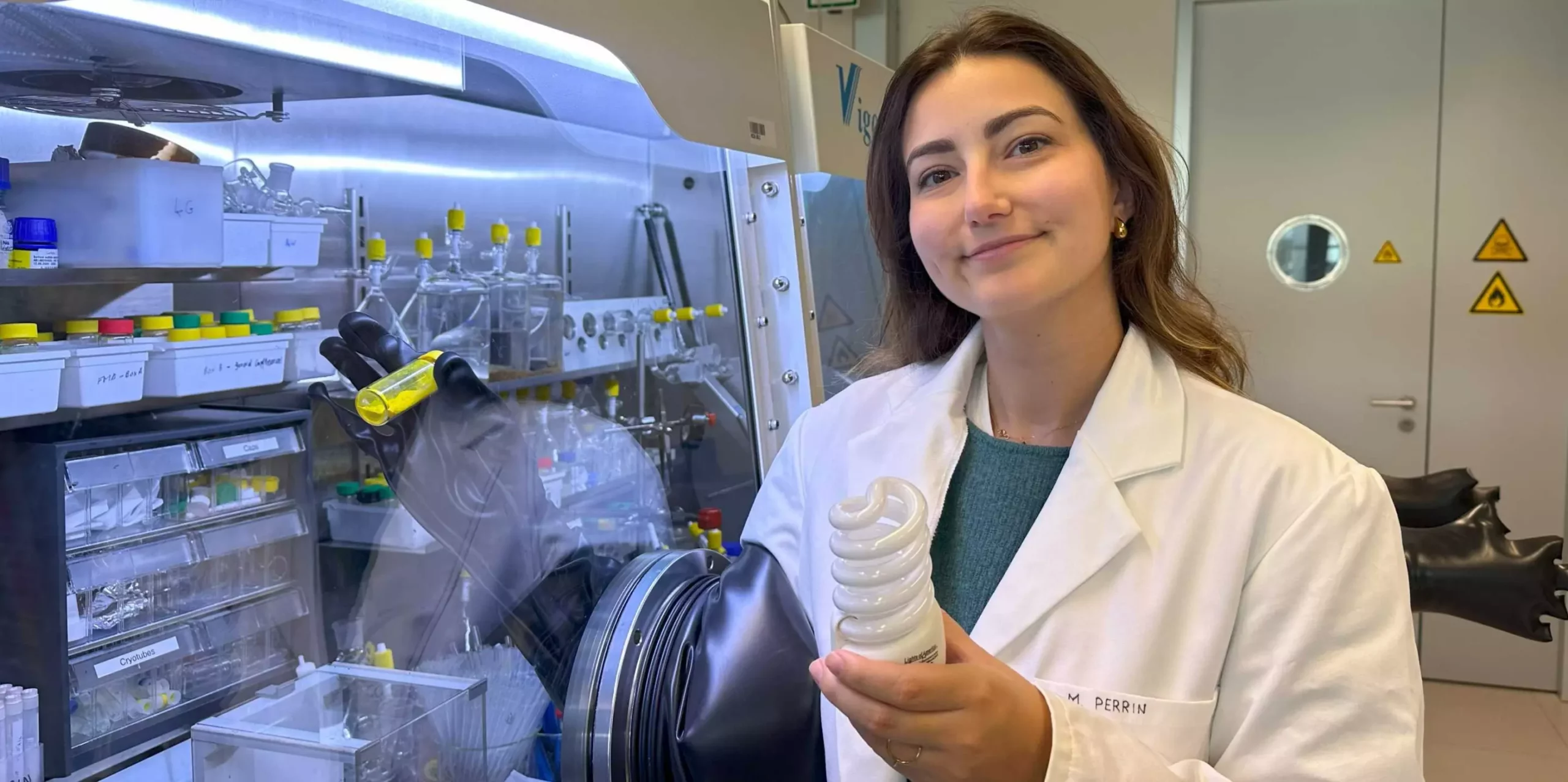Contrary to their deceptive name, rare earth metals are not inherently scarce. Instead, they represent a critical backbone of contemporary technology and industry. Comprising 17 different elements, these metals are essential components in a myriad of digital devices, renewable energy technologies, and electric vehicles. From smartphones to wind turbines, rare earth metals are intertwined with our day-to-day lives. However, the stark reality is that Europe predominantly relies on imports from China, raising significant concerns about supply chain vulnerabilities and economic sovereignty. This precarious dependency underscores the importance of not only finding alternative sources but also creating sustainable methods to recycle these valuable materials.
The Challenges of Extraction and Recycling
Despite their prevalence in technological devices, the extraction and purification of rare earth metals is an arduous and resource-intensive process. These elements typically occur in natural ores in compound form and share similar chemical properties, making separation difficult. Traditional methods employed for extracting and purifying rare earth metals typically involve high energy consumption and numerous chemical reactions that are both expensive and damaging to the environment. This factor raises alarms about the ecological consequences of an industry poised to expand as demand for green technologies—including electric motors and renewable energy solutions—continues to climb.
Moreover, recycling rates for rare earth metals in Europe remain alarmingly low, primarily due to inefficient recovery processes. As Victor Mougel, a prominent figure in the field, suggests, without a transformative approach to recycling, Europe risks jeopardizing its technological future.
A Breakthrough In Recycling Technology
In a breakthrough study published in *Nature Communications*, a team of researchers, led by Mougel, introduces an innovative method for the efficient separation and recovery of europium, one of the key rare earth metals. Their approach integrates an inorganic reagent that significantly simplifies the process of isolating europium from complex mixtures. This new method can yield quantities of europium that are at least 50 times greater than those achieved with previous techniques.
What sets this research apart is the utilization of tetrathiometallates, small inorganic molecules with four sulfur atoms interspersed around tungsten or molybdenum. Drawing inspiration from natural systems, particularly enzymes that bind metals within proteins, this technology leverages unique redox properties to reduce europium to a more manageable divalent state, facilitating its separation from other rarer metals.
The implications are profound: this technique could be applied directly to discarded electronic devices, minimizing pre-treatment hurdles and offering a streamlined solution for recycling processes.
Urban Mining: Tapping into Electronic Waste
The notion of “urban mining” encapsulates one of the most promising strategies for reclaiming critical rare earth metals. Electronic waste is a treasure trove of rare earth metals yet remains underexploited. In the specific case of Switzerland, lamp waste, which holds a concentration of rare earth metals far surpassing that of natural ores, is sent abroad for landfill disposal. By repurposing this waste locally, the country could significantly boost its rare earth recovery rates and reduce import reliance, transforming waste into a valuable resource.
The stark reality is that the current recovery rate for rare earth elements in the European Union is tragically low, standing beneath the one percent mark. This presents an urgent call to action: developing efficient and economically feasible recycling strategies can harness the potential of existing waste streams, ensuring the longevity of these valuable resources.
Environmental Impacts and Economic Viability
The environmental ramifications of rare earth metal extraction cannot be overstated. Traditional mining techniques not only deplete natural resources but also impose a heavy toll on ecosystems. Mougel’s research advocates for a shift towards more sustainable practices. Their patented recycling method is not only more environmentally friendly than conventional extraction, but it also positions recycling as an economically viable alternative, crucial as the global economy increasingly prioritizes sustainability.
The young venture REEcover, born from this research, aims to commercialize these pioneering technologies, potentially developing further applications for other rare earth metals like neodymium and dysprosium that are essential for manufacturing powerful magnets. Through this innovative recycling method, Europe may redefine its approach to rare earth metals, fortifying its technological infrastructure against the uncertainties of external dependence while fostering a circular economy that preserves valuable resources.
By reshaping the narrative surrounding rare earth metals and emphasizing reclamation and recycling over raw extraction, we take a crucial step toward a more sustainable future—one where technology and ecology coexist harmoniously. The focus on innovative recycling strategies is not merely a beneficial avenue for increasing supply; it is an essential pathway to ensuring the sustainability and resilience of our technological landscape.

